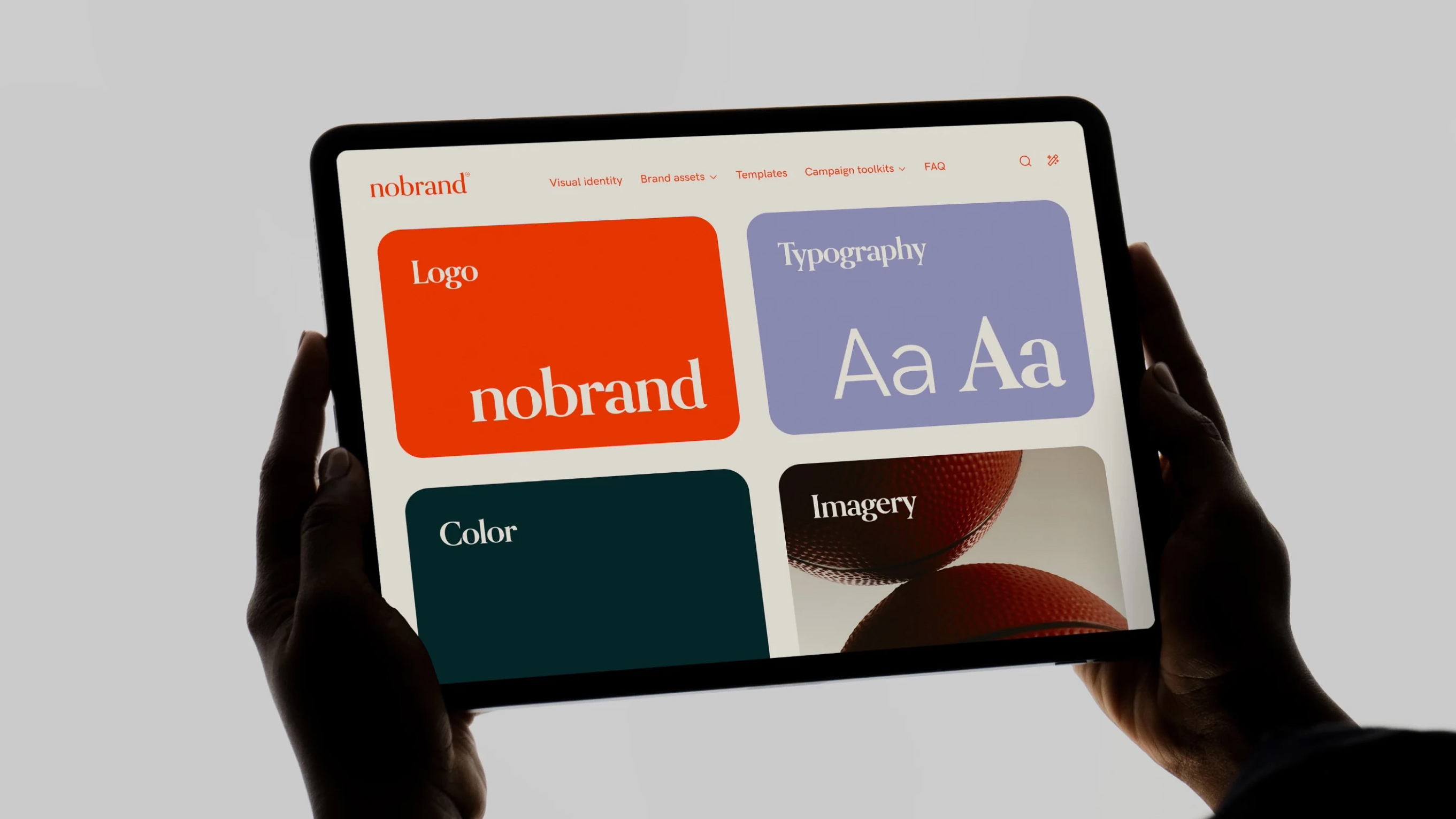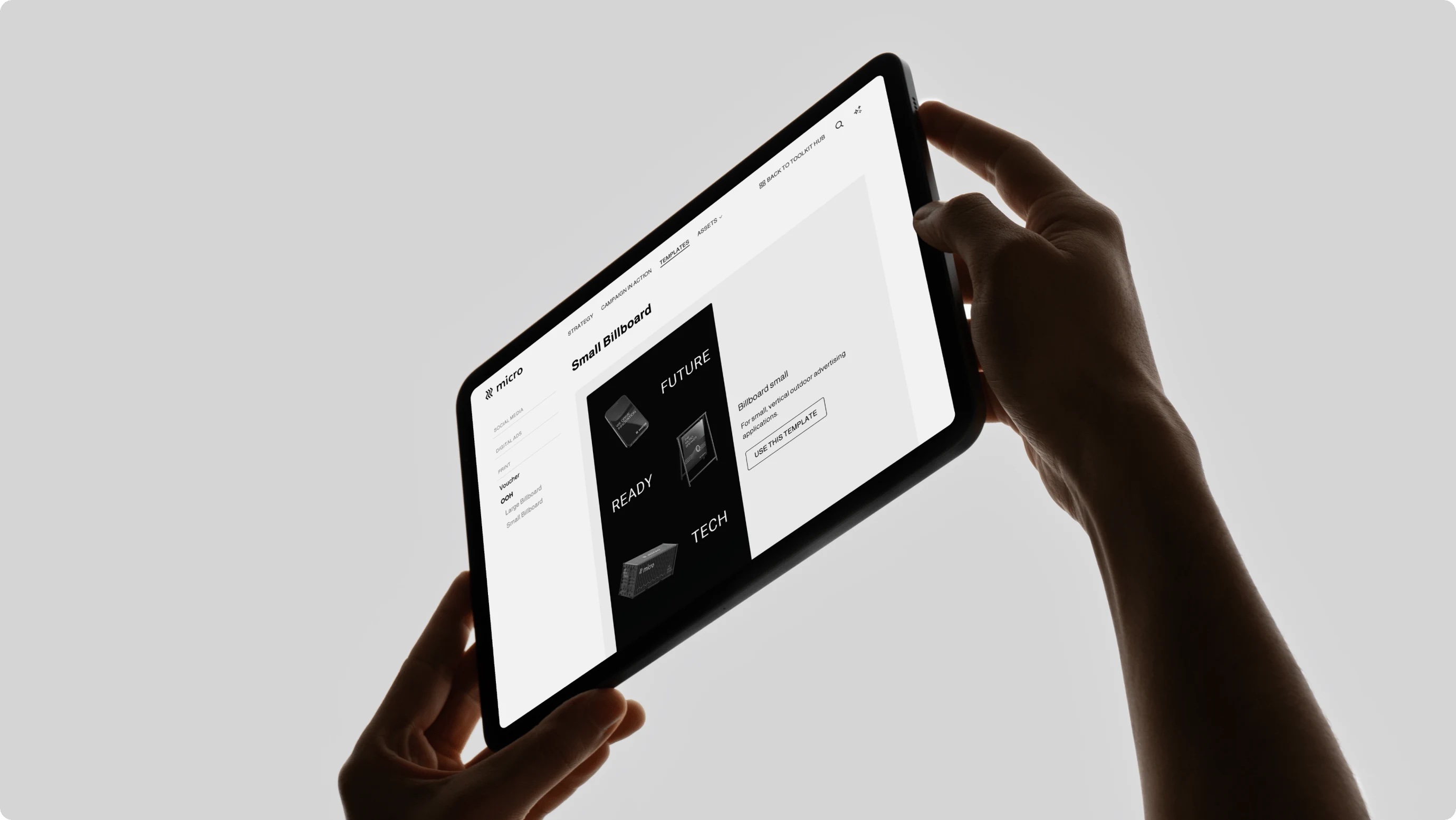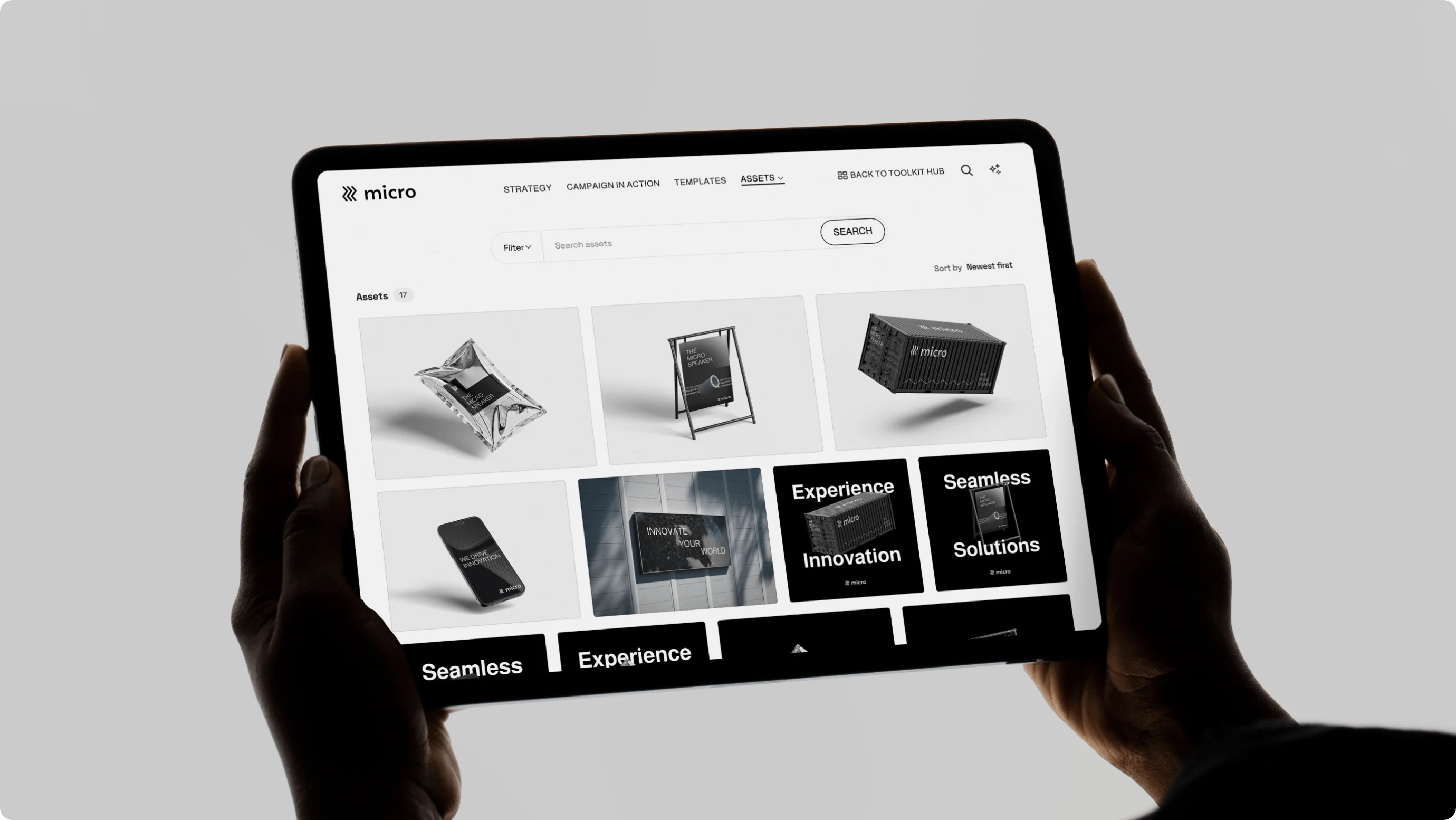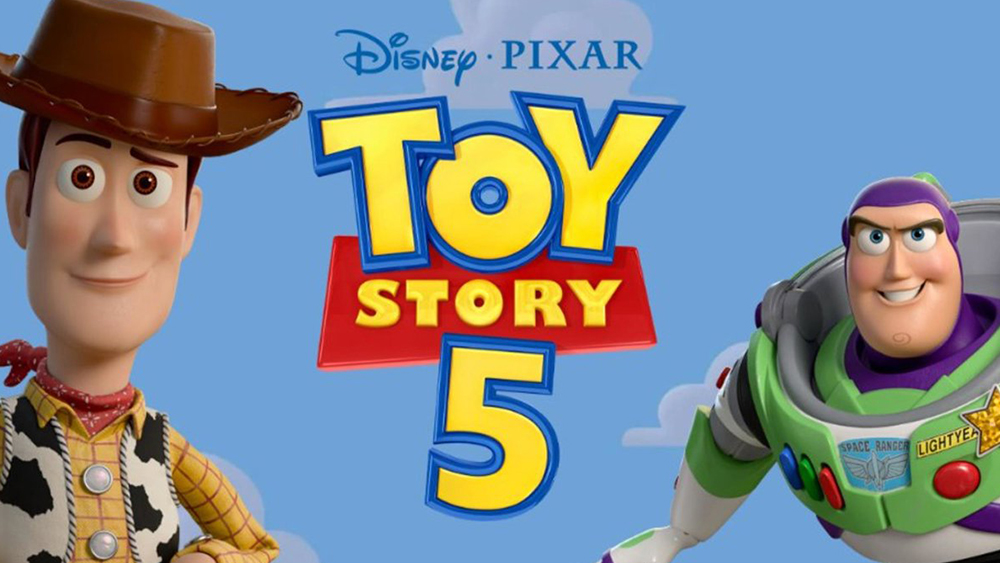How Frontify helps the world’s biggest brands stay consistent and save money
The effortless efficiency of Digital Asset Management

When you manage a global brand, consistency is everything. But after a decade of rapid growth across dozens of countries and languages, Uber’s brand guidelines were confusing and inconsistent, and locked in outdated formats that nobody read.
Then, in 2020, Uber acquired Postmates, who were using Digital Asset Management (DAM) software from Frontify to help manage their brand and assets – a central platform, accessible by any team, ensuring the correct asset was always available whenever it was needed.
The Uber design team immediately recognised the value of a brand management system, and advocated for adopting a DAM, too. Now, all of Uber’s marketing assets are hosted on Frontify, ensuring there is one easy-to-access brand approach across the whole company.
“[Our] brand guidelines have been very scattered.” said a spokesperson from Uber. “Frontify has been able to tie up all these loose ends that we’ve struggled with for ages.”
A global problem
For global teams, the problem Uber faced is a common one. Marketers and designers often find themselves drowning in assets – a recent study showed that 61% of teams surveyed create over 50 marketing assets each month, with 5% creating over 100 assets per month.
And without a centralised digital asset management solution, those assets can become easily lost between inboxes and desktops, with multiple document versions and playbooks spread across drives, folders and stakeholders. It’s no surprise then, that the same study showed that marketers are spending up to 30 hours each year searching for and sharing assets.
When assets can’t be found easily, they are often remade, making it even harder to achieve brand consistency. This costs time and money, but it also costs your brand and teams long term, leading to lower productivity, missed deadlines, and unnecessary waste – 71% of companies in the study say they feel the financial impact of outdated or unused assets.
A centralised brand management and digital asset management platform like Frontify means that a brand can store all of its files – from images and videos, documents and templates – in one easy to access place.
This ensures that your whole team, wherever they are in the world, can access the assets they need when they need them. And crucially, it means that everyone is using the same assets, enabling teams to create beautifully consistent brands across touchpoints and territories.
Customisable consistency

And it’s not just asset management. Because the Frontify platform is so customisable, each brand is using the platform in a slightly different way. Global teams from the world’s best known brands are using Frontify to house their guidelines, templates, and more.
For example, Volkswagen Group has integrated its UI system into Frontify, including web components, CSS framework and design token documentation, meaning that every part of the creative process – from design to digital development – is housed in Frontify.
Trainline includes its brand guidelines, photography, tone of voice and messaging framework within its DAM. It has also created extensive, organised libraries, making it faster and easier for teams to find brand assets.
Some brands, like Nestlé, choose to make parts of its brand available to everyone, housing both a public version of its portal as well as private areas that can only be accessed by registered users. The Nestlé team is also building dedicated portals for each of its sub-brands, ensuring the same consistency at every level of the business.
Real impact

This all has a real, measurable, business impact. Data from one study shows that using Frontify can result in a 367% increase in ROI. The same study showed that having a single source of brand truth provides efficiencies of $2.7 million over three years.
There is also the human impact to consider. At Uber, for example, adoption among their team has been incredibly high. Upwards of 20,000 employees, or 12% of the company, use Frontify on a monthly basis. With brand asset management covered, this has enabled their creative teams to dedicate more time to creative tasks, rather than fielding asset requests.
And as teams are no longer having to navigate scattered systems and deal with operational bottlenecks, there’s more time to create truly impactful work.
"Frontify has allowed the internal team to really see the brand itself and use it well," added the spokesperson from Uber. "[And] that has had a cascading effect on the external marketing."
Find out more and book a demo with Frontify here.
Daily design news, reviews, how-tos and more, as picked by the editors.

The Creative Bloq team is made up of a group of art and design enthusiasts, and has changed and evolved since Creative Bloq began back in 2012. The current website team consists of eight full-time members of staff: Editor Georgia Coggan, Deputy Editor Rosie Hilder, Ecommerce Editor Beren Neale, Senior News Editor Daniel Piper, Editor, Digital Art and 3D Ian Dean, Tech Reviews Editor Erlingur Einarsson, Ecommerce Writer Beth Nicholls and Staff Writer Natalie Fear, as well as a roster of freelancers from around the world. The ImagineFX magazine team also pitch in, ensuring that content from leading digital art publication ImagineFX is represented on Creative Bloq.

